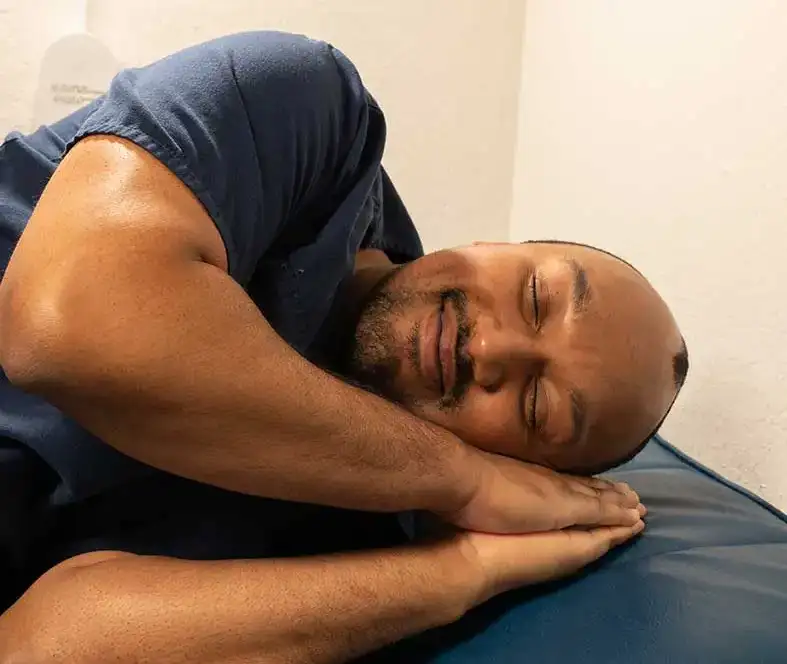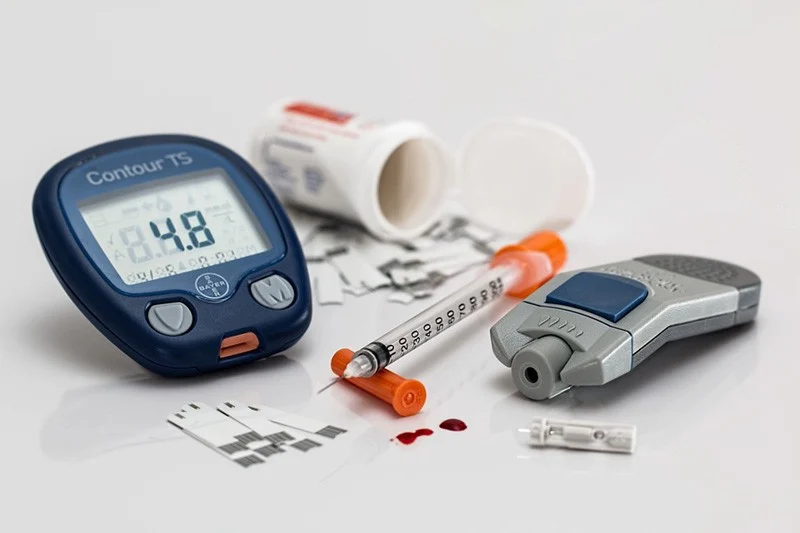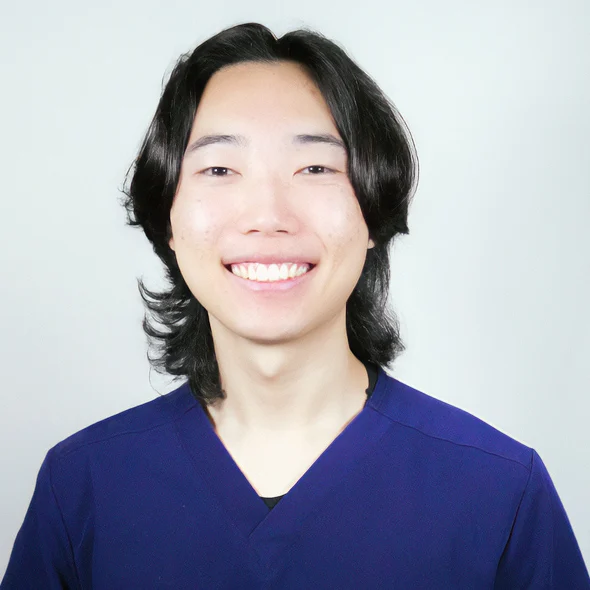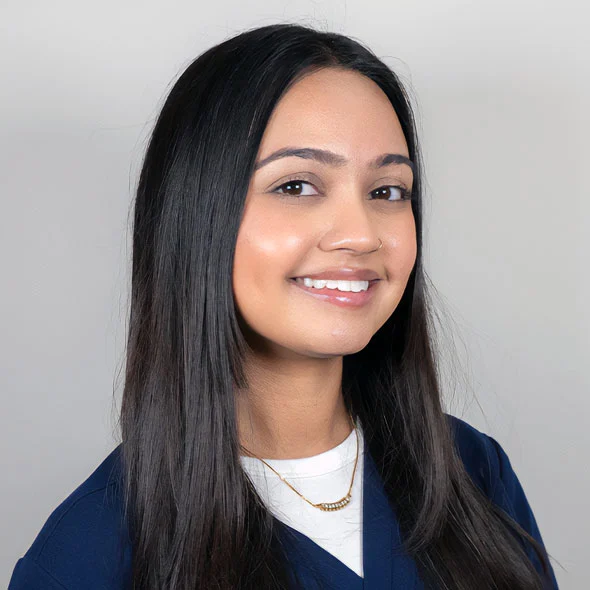In our daily lives, we often take our senses for granted. We rely on sight, hearing, touch, taste, and smell to navigate the world around us. But have you ever considered how these senses can sometimes play tricks on us? That’s where the concept of sensory mismatch comes into play. In this blog post, we’ll explore what this phenomenon is, how it occurs, and the surprising ways it affects us.
What is Sensory Mismatch?
Sensory mismatch happens when one sense’s input doesn’t align with another’s. Think of it as a communication breakdown between the systems, causing a cognitive disconnect. This can result in various experiences, such as illusions or distortions in perception.
How Does it Occur?
- Visual Illusions: One of the most common forms of sensory mismatch is visual illusions. Optical illusions, like the famous “impossible triangle” or “rotating snakes,” trick our brain into seeing something that doesn’t exist. This happens because our visual system sometimes processes information incorrectly.
- Auditory Illusions: The hearing system can also be misled. Auditory illusions, like the Shepard tone, create the perception of a sound continually rising in pitch, even though it’s a repeating pattern. This demonstrates how our auditory system can be deceived.
- Cross-modal Confusion: Sometimes, different senses interact in unexpected ways. For example, the McGurk effect occurs when what you see influences what you hear. If you see someone saying “ba” while actually saying “ga,” your brain often interprets the sound as a mix—like “da.” This highlights how mismatched information between systems leads to confusion.
Sensory Mismatch in Our Daily Lives
Sensory mismatch isn’t just a curiosity for scientists; it affects our daily lives more than we realize:
- Virtual Reality and Augmented Reality: In the world of virtual and augmented reality, sensory mismatch is a big challenge. The visual and auditory stimuli might not match up with your physical movements, leading to motion sickness, disorientation, and a sense of unease.
- Motion Sickness: This common condition on car rides, boat trips, or amusement park rides results from mismatched signals. For instance, your eyes may see a stationary object while your inner ear senses motion. This contradiction confuses the brain, often leading to nausea.
- Pain Perception: Even our response to pain can be influenced by mismatched cues. If you see a needle before feeling the prick, your brain may amplify the discomfort. If you don’t see it, the sensation may seem less intense.
- Inattentional Blindness: It can also lead to something called inattentional blindness. This is when you fail to notice something obvious right in front of you because your brain is focused on processing another sensory input.
Coping with Sensory Mismatch
While sensory mismatch is a fascinating aspect of our perception, it can sometimes be a source of discomfort or even danger. Here are a few ways to cope with it:
- Take Breaks in VR/AR: If you’re using virtual or augmented reality, take regular breaks to allow your senses to realign with reality.
- Deep Breathing for Motion Sickness: When experiencing motion sickness, deep breathing and focusing on the horizon can help reduce symptoms. These kinds of symptoms may require vestibular rehabilitation programs to prevent the reappearance of such symptoms.
- Mindfulness and Attention Training: Developing mindfulness and attention skills can help you become more aware of sensory mismatch and reduce its impact on your daily life.
In conclusion, sensory mismatch is a captivating phenomenon that sheds light on the intricacies of our senses. While it can lead to some amusing illusions, it also has tangible effects on our daily lives. By understanding how sensory mismatch operates, we can navigate the world with a deeper appreciation for the complexities of our perception. So, the next time you encounter a sensory mismatch, remember, it’s just a reminder that our brains are constantly working to make sense of the world around us.







